Buy this collage Wet cyanotype with colourful autumn leaves by Retrotimes on canvas, ArtFrame, poster and wallpaper, printed on demand in high quality.
About "Wet cyanotype with colourful autumn leaves"
by Retrotimes
About the artwork
A scan of a wet cyanotype showing colourful autumn leaves of maple and ginkgo biloba, among others. A wet cyanotype is made by sprinkling a chemical-sensitised sheet of paper with water and then illuminating it with a UV lamp or sunlight. A negative can be used for the image but natural materials such as leaves and feathers can also be used. For additional effects, soapsuds, table salt, vinegar and turmeric are sometimes added. The image is a scan of a wet cyanotype just after exposure and before developing with tap water. The glass plate that holds the leaves in place is still present, so the scan was made through the glass plate. Cyanotype or blueprinting is a traditional photography technique discovered by John Herschel in 1842. The process was also used in industry to cheaply duplicate building plans and drawings. Personally, I really like the vibrant colours and imperfections with especially the contrast between the warm red, orange and yellow tones of the leaves and the blue of the cyanotype in progress.

About Retrotimes
 Germany
Germany Ordered in October 2025
Ordered in October 2025
 Netherlands
Netherlands Ordered in July 2022
Ordered in July 2022
 Netherlands
Netherlands Ordered in August 2025
Ordered in August 2025
 Germany
Germany Ordered in June 2020
Ordered in June 2020
 Germany
Germany Ordered in April 2019
Ordered in April 2019
 Netherlands
Netherlands Ordered in December 2018
Ordered in December 2018
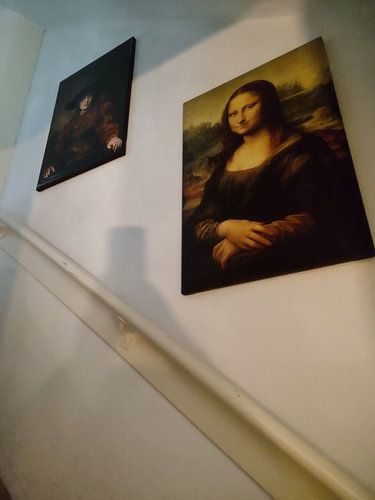
 Netherlands
Netherlands Ordered in November 2021
Ordered in November 2021
 Germany
Germany Ordered in January 2020
Ordered in January 2020
 Netherlands
Netherlands Ordered in May 2021
Ordered in May 2021
 Netherlands
Netherlands Ordered in January 2018
Ordered in January 2018
 Germany
Germany Ordered in November 2021
Ordered in November 2021
 Germany
Germany Ordered in November 2023
Ordered in November 2023
About the material
ArtFrame™
Interchangeable Art Prints
- High-quality print
- Easily interchangeable
- Acoustic function
- Large sizes available
Discover the artworks of Retrotimes
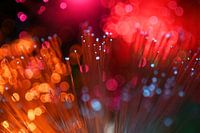 Abstract impression of Christmas lights with fibreglassRetrotimes
Abstract impression of Christmas lights with fibreglassRetrotimes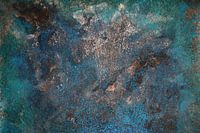 Abstract in green and blue made of Corten steelRetrotimes
Abstract in green and blue made of Corten steelRetrotimes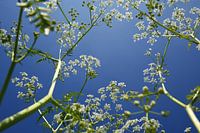 Flute weed from an insect's perspectiveRetrotimes
Flute weed from an insect's perspectiveRetrotimes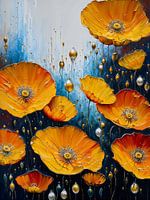 Abstract acrylic painting of poppiesRetrotimes
Abstract acrylic painting of poppiesRetrotimes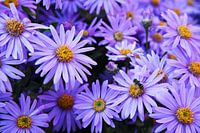 Purple mountain astersRetrotimes
Purple mountain astersRetrotimes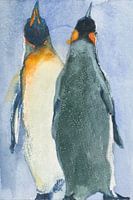 Emperor penguinsRetrotimes
Emperor penguinsRetrotimes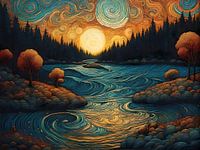 A churning river in the evening sunRetrotimes
A churning river in the evening sunRetrotimes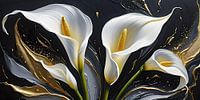 LiliesRetrotimes
LiliesRetrotimes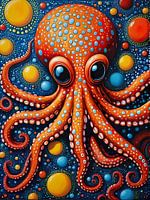 Squid in the style of Yayoi KusamaRetrotimes
Squid in the style of Yayoi KusamaRetrotimes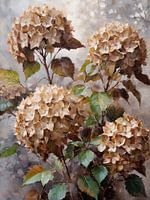 Bulb hydrangea's in autumnRetrotimes
Bulb hydrangea's in autumnRetrotimes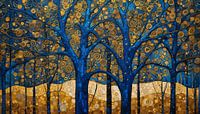 A Gustav Klimt-style forestRetrotimes
A Gustav Klimt-style forestRetrotimes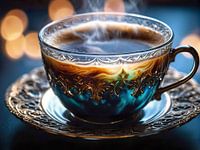 And then there is coffeeRetrotimes
And then there is coffeeRetrotimes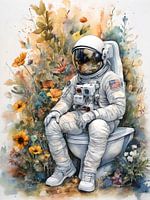 A spaceman on a toilet bowlRetrotimes
A spaceman on a toilet bowlRetrotimes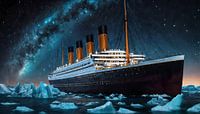 Titanic's Eternal Voyage: A Celestial OdysseyRetrotimes
Titanic's Eternal Voyage: A Celestial OdysseyRetrotimes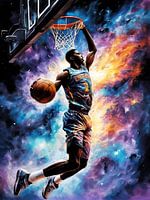 Explosion of Strength: Basketball player on the HeightsRetrotimes
Explosion of Strength: Basketball player on the HeightsRetrotimes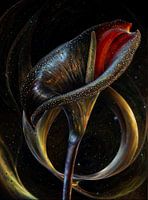 Cosmic Lily: Dance of the LorenzRetrotimes
Cosmic Lily: Dance of the LorenzRetrotimes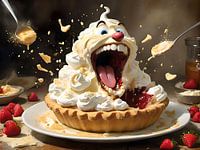 The Living Cake: A Sweet Fantasy WorldRetrotimes
The Living Cake: A Sweet Fantasy WorldRetrotimes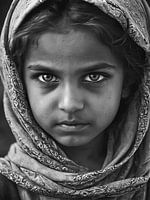 Penetrating View: Portrait of an Afghan GirlRetrotimes
Penetrating View: Portrait of an Afghan GirlRetrotimes Elegance of the Japanese Tea CeremonyRetrotimes
Elegance of the Japanese Tea CeremonyRetrotimes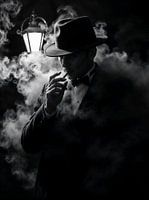 Shadow and Smoke: The Secrets of the NightRetrotimes
Shadow and Smoke: The Secrets of the NightRetrotimes
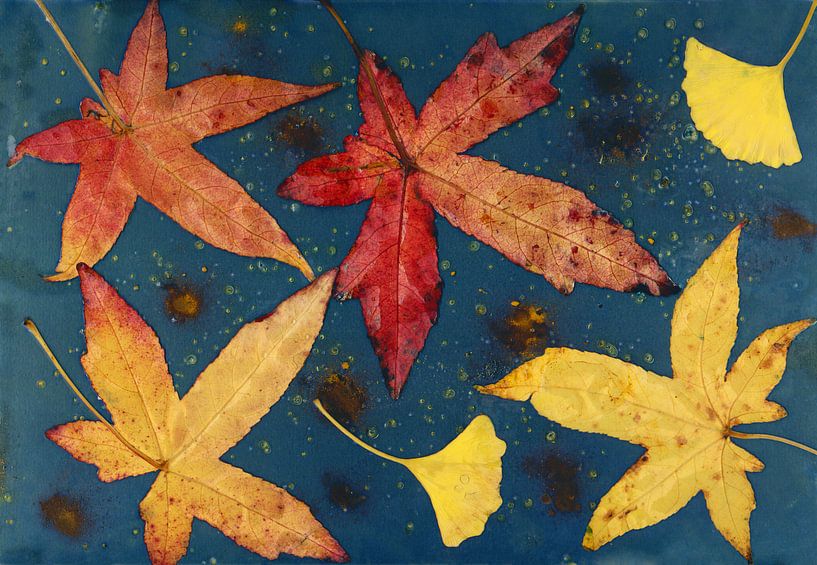





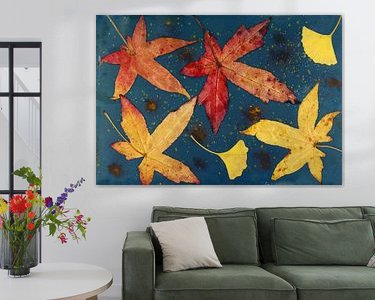






 Collage
Collage Drops
Drops Japan
Japan Serene Peace
Serene Peace Vibrant Colors
Vibrant Colors Water
Water









